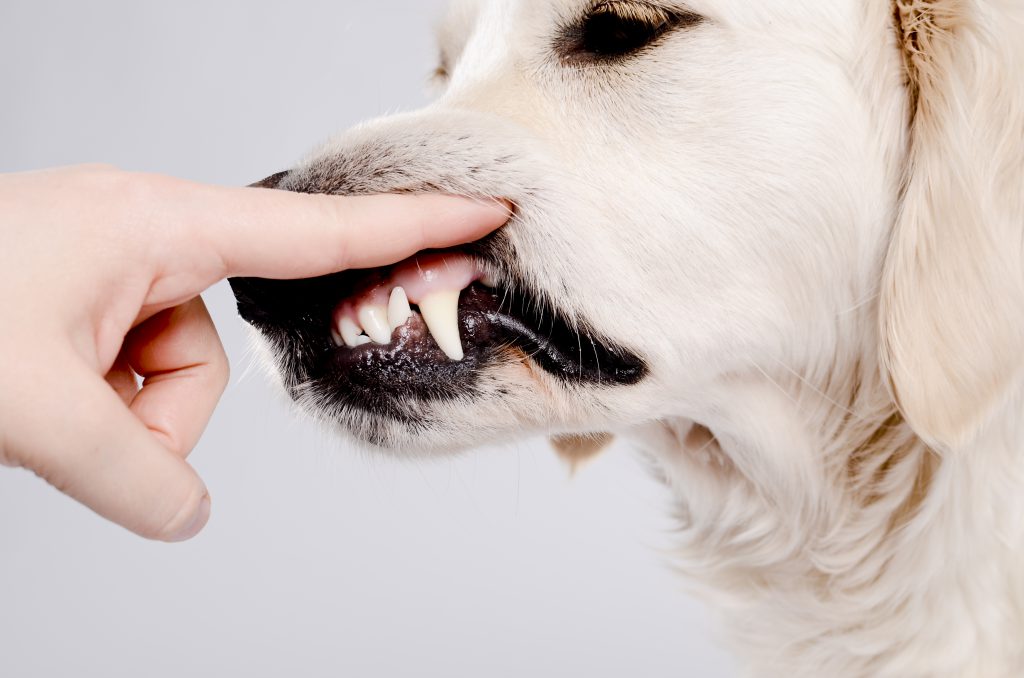
Dental treatment is important to ensure your pet’s mouth is free of infection and pain. Most pets require a dental procedure every 1-2 years. Our dental procedures include:
- Pre-anaesthetic blood tests for animals over the age of 7 to check their kidneys, liver, blood glucose and proteins.
- General anaesthetic using the safest agents and monitoring equipment.
- X-rays of all teeth to look for infection or bone decay underneath the gums. At Tasmanian Veterinary Hospitals we have special dental x-ray equipment. This means we can pick up decay and cavities, that would otherwise be missed.
- Ultrasonic scaling to remove calculus from teeth and infection from surrounding gums.
- Polishing of all teeth to help prevent future build-up of tartar.
Your pet’s teeth, just like human teeth, require a lot of care to prevent disease. Dental disease is a very common and often neglected problem. By three years of age, 4 out of 5 of dogs and cats are suffering from painful infections that require veterinary attention.
Dogs and cats usually continue to eat and show no outward signs of pain. It is not until we examine their teeth and gums that we realize there is a problem. If only they could talk!
Some dogs and cats are more prone to disease due to their diet, genetics and/or age.

The progression of dental disease
Grade 0: Clean, white teeth and healthy gums. Grade 1: Food and bacteria stick to teeth and form plaque (yellow fuzz). This hardens into a permanent layer of grey tartar, forming a perfect environment for bacteria to grow. Grade 2: Infection forms under the gums causing gingivitis (red, inflamed and painful gums). Grade 3: Severe infection causes the gums to recede, the tooth ligaments to loosen and the surrounding bone to decay. This is very painful. Grade 4: The surrounding bone rots and the teeth start to fall out. Other problems can also occur, such as fractured teeth or tooth root abscesses.
Dental surgery for severe disease
If your pet is suffering from infection of the tooth root or bone decay around the tooth, extractions may be required. The procedure involves:
- Nerve blocks with local anaesthetic
- Careful removal of diseased teeth, including roots
- Gums are closed with absorbable sutures
- Antibiotic and anti-inflammatory medication
Dogs and cats cope well with missing teeth and are usually much happier when a sore tooth has been removed!
Prevention
Prevention only works before disease develops. These methods target the early stages of disease by removing plaque (yellow fuzz).
- Tooth brushing
- Special diets, eg. Hills T/D.
- Dental chews, eg. Greenies.
- Antibacterial water additives, eg Healthy Mouth.
Prevention can help to slow the progression of disease and delay the need for a full dental procedure. It is NOT effective for disease of Grade 2 or higher. Once tartar forms, it is as hard as concrete. Only an ultrasonic scaler can remove tartar and resolve the associated infection and pain.
Don’t forget regular dental checks.
Just like humans, dogs and cats should have a dental check at least every 6 months. At Tasmanian Veterinary Hospitals, we offer free dental health checks to make it easy to look after your pet’s teeth.
Make an appointment